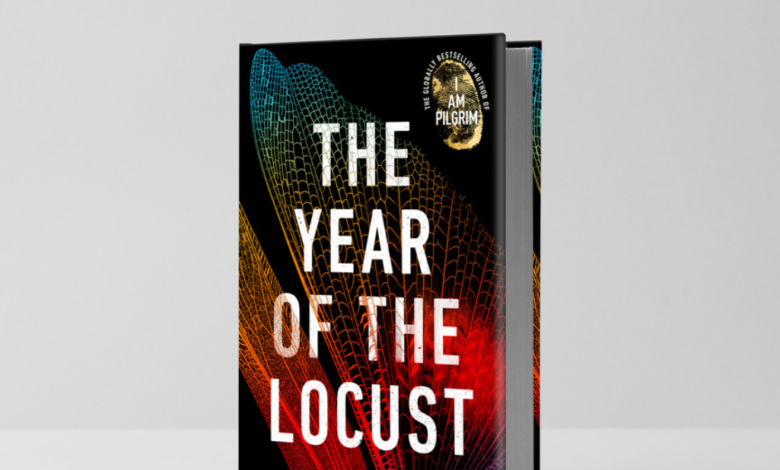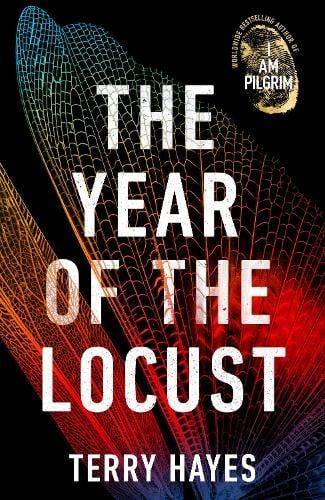The Year of Locust Unveiled From Historical Echoes to Global Strategies – 2023

The Year of Locust

The Year of Locust In the annals of nature’s phenomena, the locust year stands out as a remarkable event, a phenomenon that captivates both scientists and laypeople alike. This article delves into the historical context, the life cycle of locusts, and the implications of the locust year on communities and ecosystems.
Historical Context
The Year of Locust Throughout history, locusts have been synonymous with agricultural devastation. From biblical times to mediaeval Europe, the impact of locust swarms on crops and communities has left an indelible mark. Understanding this historical context is crucial for comprehending the significance of the locust year.
The life cycle of locusts
The Year of Locust undergo a fascinating life cycle, transforming from solitary creatures into swarming masses. Environmental triggers and behavioural changes play a pivotal role in this transformation, leading to the notorious locust swarms that can cover vast distances.
The Year of the Locust: What It Signifies
The Year of Locust The term “year of the locust” holds cultural significance across various societies. It symbolises upheaval, change, and challenges that communities must face collectively. Exploring this symbolism reveals the rich tapestry of human interpretations attached to this natural occurrence.
Locust Swarms: Causes and Consequences
The Year of Locust Environmental factors such as climate change and agricultural practices contribute to the surge in locust populations. The consequences are dire, with widespread crop destruction, food shortages, and economic strain on affected regions.
Challenges Faced by Communities
Communities in the path of locust swarms bear the brunt of the devastation. Stories abound of farmers losing entire crops, families facing food shortages, and economies grappling with the aftermath. The challenges are not merely economic but extend to the very fabric of daily life.
Global Efforts in Locust Control
The Year of Locust International collaboration is essential in combating locust infestations. This section explores the joint efforts of nations, organisations, and scientists in developing innovative approaches to control locust populations.
The Role of Technology in Predicting Locust Swarms

Advancements in technology, including satellite data and artificial intelligence, have revolutionised our ability to predict and track locust swarms. Early warning systems equipped with real-time data have proven instrumental in mitigating the impact of locust infestations.
Community Initiatives for Locust Management
Local communities are not passive victims but active participants in managing locust challenges. This section highlights sustainable farming practices and community-driven initiatives that contribute to locust control and prevention.
Adaptation and resilience
Communities in locust-prone regions develop resilience to cope with recurring locust years. From adapting agricultural practices to implementing sustainable solutions, these communities showcase the human capacity for resilience in the face of adversity.
Environmental Impact of Locust Swarms
Beyond the immediate agricultural concerns, locust swarms have profound effects on biodiversity and ecosystems. Examining these ecological impacts provides a holistic understanding of the far-reaching consequences of the locust year.
Government Policies and Support
Government policies play a crucial role in addressing locust infestations. This section reviews existing policies and evaluates the support provided to affected regions, considering the complexities of managing such widespread natural phenomena.
Public awareness and education
Raising public awareness about locusts is paramount. Educating communities on preventive measures, early detection, and sustainable practices fosters a proactive approach to locust management on a global scale.
Future Outlook
As we navigate the complexities of a changing climate, predictions for future locust occurrences become crucial. This section explores potential scenarios and outlines strategies for sustainable coexistence with locusts, emphasising the need for ongoing global cooperation.
PLEASE VISIT:
Conclusion
In conclusion, the locust year serves as a poignant reminder of nature’s unpredictable power. From historical lessons to contemporary challenges, understanding and addressing locust swarms require a multifaceted approach. Global cooperation, technological innovation, community engagement, and ecological mindfulness are essential components in mitigating the impact of the locust year.
FAQs
How often do locust years occur?
- Locust years are sporadic and depend on environmental factors. They can occur every few years, with varying intensity.
What measures can farmers take to protect their crops during a locust year?
- Farmers can employ early warning systems, use environmentally friendly pesticides, and adopt sustainable farming practices to protect their crops.
Are locust swarms a recent phenomenon, or have they been happening for centuries?
- Locust swarms have a long history, with documented occurrences dating back centuries. They have been a recurring challenge for agricultural communities.
How effective are international collaborations in addressing locust infestations?
- International collaborations play a crucial role in sharing expertise, resources, and technology, enhancing the effectiveness of locust control efforts.
Can technology completely prevent locust swarms, or is it a management tool?
- While technology aids in prediction and management, complete prevention of locust swarms is challenging due to the






